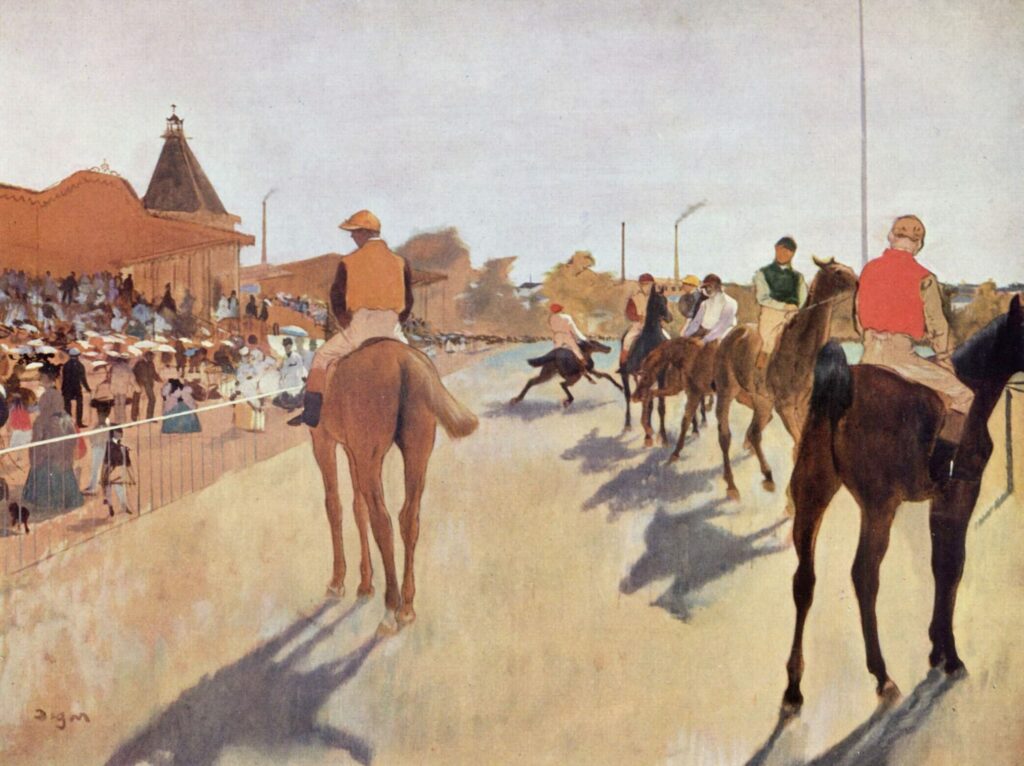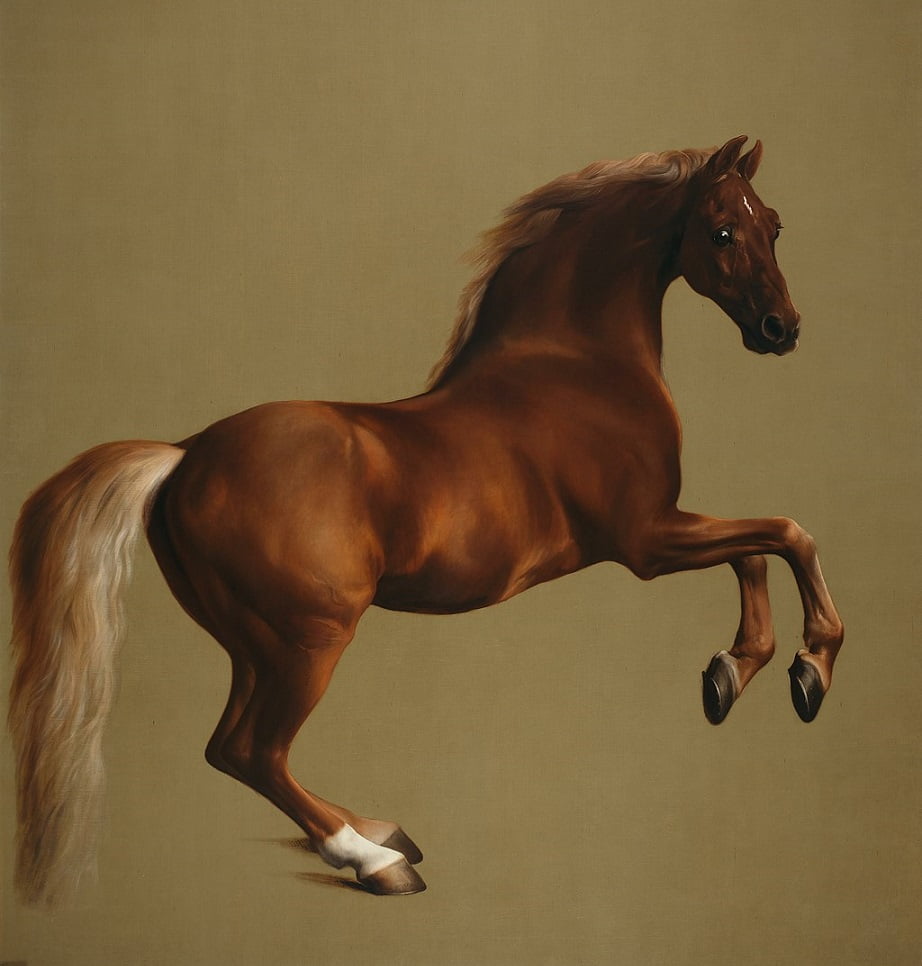Photo credits: George Stubbs , Public domain, via Wikimedia Commons
When you are on the race track, horse racing might look like a hard-core brutal sport due to the fierce dominance of these incredible creatures, but horse racing can also be elegant and sophisticated.
That’s why horses have been a top choice for artists for thousands of years. Mostly because horse racing bets have been popular with royalty for a long time, since Ancient Greece and almost all royal families and nobles would have a stable in their properties. Thus, artists who would be employed by the King or by noble families would often be asked to make portraits of horses.
From ancient civilizations to modern times, horses have been a muse for artists seeking to capture their majestic allure. In this article, we embark on a journey through the stables of creativity to explore the top five equestrian art pieces that have left hoofprints on our hearts.
Saddle up and let’s begin!
Best Equestrian Art Pieces
“Whistlejacket” by George Stubbs

George Stubbs, the horse whisperer with a brush, left his mark on the equestrian art scene with “Whistlejacket” in 1762.
This larger-than-life painting features a rearing stallion, demanding attention and making us wonder if it’s about to gallop right out of the canvas.
This painting is 2.92m x 2.46m. A huge piece that captures the perfect stance of a horse.
Stubbs’ attention to detail is so remarkable that you can almost hear the horse snort and feel the wind in your hair.
“The Horse Fair” by Rosa Bonheur

In 1853, Rosa Bonheur, the bold and adventurous French artist, fearlessly plunged into the vibrant chaos of “The Horse Fair.” Like a skilled equestrian, she gracefully saddled up her brush and rode into the heart of the bustling Parisian horse market.
With every stroke, the spirit of this lively scene came alive on her canvas, capturing the essence of horse trading in all its glory. A symphony of hooves and a whirlwind of dust seemed to materialize before our eyes as Bonheur expertly breathed life into her artwork.
It’s as if you’re transported into the midst of a wild stampede, without the slightest worry of being trampled.
“The Derby at Epsom” by Théodore Géricault

There is nothing like capturing the true spirit and heart of a horse racing event, especially when we talk about the popular Epsom Derby.
This masterpiece, painted in 1821, comes into life, depicting the heart-pounding intensity of a tremendous horse race.
Jockeys lean forward, determined expressions on their faces, as they urge their loyal steeds to race faster than the wind.
One thing that is different from today’s Epsom Derby is that there are no spectators in this painting, which would have really revived the action from back in the day.
Géricault’s brilliant brushwork propels you right into the heart of the race, as adrenaline rushes through your veins and you become one with the excitement of the competition.
“Equestrian Portrait of Charles V” by Titian

Titian, the maestro of the Renaissance, took equestrian art to majestic heights with his “Equestrian Portrait of Charles V.”
This regal masterpiece showcases the Holy Roman Emperor atop a magnificent steed, exuding power, and authority. The horse seems to prance with a confident stride, while Charles V strikes a pose that says, “I’m in charge, and this horse knows it too.” It’s a painting fit for an emperor and his equine companion.
“The Parade” by Edgar Degas

Prepare to be whisked away into a dazzling world of color and movement as we explore Edgar Degas’ captivating masterpiece “The Parade.” Degas captures the exuberant mood of a busy parade in this mesmerizing masterwork, where performers and onlookers alike join in a symphony of joy.
The Parade is actually a bunch of horses galloping through a street crowded with spectators. This shows the excitement and drama of horse racing and captures the perfect spirit of the sport.



